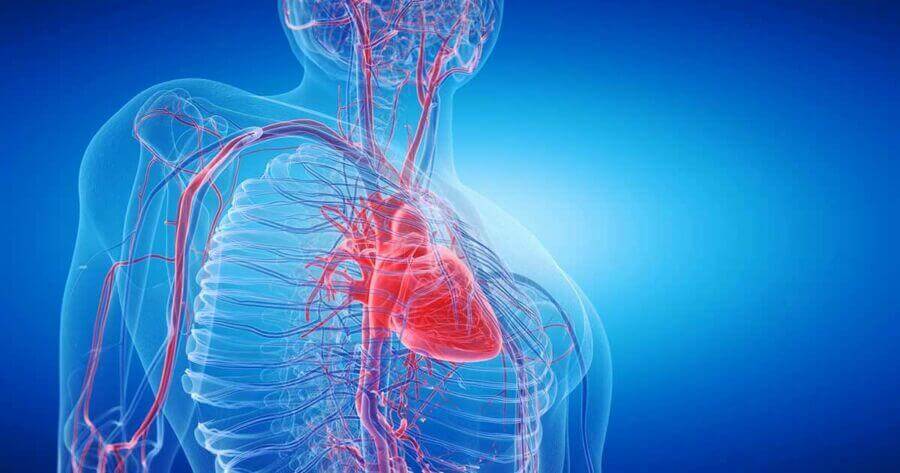Cardiovascular outcome studies on sodium–glucose cotransporter 2 (SGLT2) inhibitors, such as EMPA-REG OUTCOME (empagliflozin) and, more recently, DAPA-HF (dapagliflozin), have demonstrated significant reductions in hospitalisation for heart failure (HHF) and cardiovascular death. Notably, DAPA-HF observed these benefits in people living with and without type 2 diabetes. However, these studies only included individuals with heart failure with reduced ejection fraction (HFrEF), for which there already exist a number of evidence-based therapies, such as RAS inhibitors and spironolactone, to improve both morbidity and mortality.
In contrast, for heart failure with preserved ejection fraction (HFpEF) there have been, until recently, no evidence-based pharmacological therapies. Treatment is largely symptomatic with the use of diuretics, as well as optimising management of any contributing comorbidities, such as type 2 diabetes.
Notably, during late 2020, spironolactone was granted an indication by the US FDA for certain patients with HFpEF (ejection fraction 40–45% to 55–57%; mid-range or mildly reduced ejection fraction), based on the TOPCAT trial. Furthermore, during February 2021, sacubitril/valsartan (Entresto) also received an FDA indication to treat patients with HFpEF, based on the PARAGON-HF trial.
Post-hoc analyses of SGLT2 inhibitor cardiovascular outcome studies, such as the CANVAS trial programme (canagliflozin), have suggested that SGLT2 inhibitor treatment may be beneficial in both HFrEF and HFpEF, but we lack both high-quality randomised controlled trial (RCT) data and real-world evidence.
More recently, sotagliflozin in the SCORED and SOLOIST-WHF trials did demonstrate heart failure benefits in people with HFpEF and in those with HFrEF (see my earlier Diabetes Distilled piece). However, numbers were very small (n=127 with ejection fraction >50%) and the trial was terminated prematurely, so this result should be considered as hypothesis-generating only.
Notably, the EMPEROR-Preserved (empagliflozin) and DELIVER (dapagliflozin) RCTs are due to report later in 2021, and are exploring the impact of SGLT2 inhibitors in people living with HFpEF both with and without type 2 diabetes.
CVD-REAL 2 was a large, international, real-world study exploring the effects of SGLT2 inhibitors compared to other glucose-lowering drugs across a broad range of cardiovascular outcomes. Previous analyses have demonstrated a lower risk of a composite of all-cause death or HHF, as well as all-cause death, HHF, myocardial infarction and stroke with SGLT2 inhibitors compared with other glucose-lowering drugs. Additionally, findings also suggested that these cardiovascular benefits of SGLT2 inhibitors extended across a wide range of patient ethnicities and also across the cardiovascular risk continuum, including those with and without cardiovascular disease.
The latest CVD-REAL 2 data analysis compared the risk of HHF or death in people living with type 2 diabetes in those initiated on SGLT2 inhibitors compared to other glucose-lowering drugs, stratified by baseline left ventricular ejection fraction. Participants were propensity-matched to reduce bias due to confounders, such as HbA1c, history of cardiovascular disease and other cardiovascular risk factors.
Over a mean follow-up of 1.5 years, there was a lower risk of HHF and death observed with SGLT2 inhibitors compared to other glucose-lowering drugs in people living with type 2 diabetes with both HFrEF and HFpEF.
These are very promising findings for people living with type 2 diabetes with HFpEF and raise hope for a further evidence-based therapy to impact both morbidity and mortality associated with HFpEF. However, the benefits for those with HFpEF without type 2 diabetes remain to be elucidated. We eagerly await the results of both EMPEROR-Preserved and DELIVER to help answer this question.
Click here to read the article in full.






How to minimise loss of muscle mass when using GLP-1-based therapies for weight loss.
26 Mar 2025